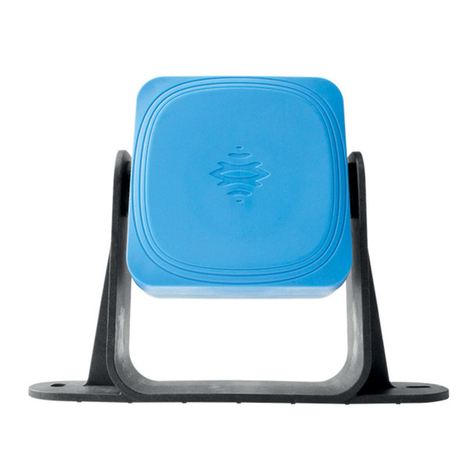
LBK System| Instruction manual v1.2 FEB 2019 |LBK-System_instructions_en v1.2|© 2018-2019 Inxpect SpA 7
2. SAFETY
2.1 Safety information
2.1.1 SAFETY MESSAGES
Warnings related to safety of the user and equipment as envisaged in this document are as follows:
WARNING! indicates a hazardous situation which, if not avoided, may cause death or serious
injury.
NOTICE: indicates obligations that if not observed may cause damage to the equipment.
2.1.2 PERSONNEL SKILLS
The recipients of this manual and the skills required for each activity presented herein are as follows:
Recipient Assignments Skills
Machinery
designer
lDefines which protection devices
should be installed and installation
specifications
lKnowledge of significant dangers of the
machinery that must be mitigated based on
risk assessment.
lKnowledge of the entire machinery safety
system and the system on which it is
installed.
Protection
system installer
lInstalls the system
lConfigures the system
lPrints configuration report
lAdvanced technical knowledge in the
electrical and industrial safety fields
lKnowledge of the dimensions of the
dangerous area of the machinery to be
monitored
lReceives instructions from the machinery
designer
Machinery
maintenance
technician
lPerforms maintenance on the
system
lAdvanced technical knowledge in the
electrical and industrial safety fields
2.1.3 FORESEEN USE
LBK System is certified as SIL 2 according to IEC/EN 62061 and PL d in accordance with EN ISO 13849-1.
Performs the following safety functions:
ldetection function: prevents access to a dangerous area. Access to the area de-energizes the safety
relays to stop the machinery's moving parts.
lrestart prevention function: prevents unexpected starting or restarting of the machinery. Detection of
motion within the dangerous area maintains the safety relays de-energized to prevent machinery
starting.
LBK System is suitable for protecting the entire body.
LBK System has been designed to monitor dangerous areas in industrial environments. Thanks to IP67
protection grade, the sensors are suitable for indoor and outdoor installations.
2.1.4 GENERAL WARNINGS
lWrong installation and configuration of the system decreases or inhibits the protective function of the
system. Follow the instructions provided in this manual for correct installation, configuration and
validation of the system.
lChanges to the system configuration may compromise the protective function of the system. After any
changes made to the configuration, validate correct functioning of the system by following the
instructions provided in this manual.
lIf the system configuration allows access to the dangerous area without detection, implement additional
safety measures (e.g. guards).





























